

Articles
How To Store Scotch
Modified: December 7, 2023
Learn how to properly store your scotch in this informative articles. Find tips on temperature, lighting, and more to preserve the quality and flavor of your favorite liquor.
(Many of the links in this article redirect to a specific reviewed product. Your purchase of these products through affiliate links helps to generate commission for Storables.com, at no extra cost. Learn more)
Introduction
When it comes to storing Scotch, proper care and attention are essential to maintain its quality and ensure an enjoyable drinking experience. Whether you’re a seasoned collector or a casual Scotch enthusiast, understanding the best practices for storage is crucial in preserving the flavors, aromas, and overall integrity of this beloved spirit.
In this article, we will guide you through the process of storing Scotch, from selecting the right storage conditions to organizing and preserving your collection. By following these expert tips, you’ll be able to safeguard your cherished bottles and savor every sip of your prized Scotch for years to come.
Key Takeaways:
- Preserve the Flavor: Store Scotch in a cool, dark, and well-ventilated environment to maintain its quality and prevent oxidation. Proper positioning and airtight containers are key to safeguarding your prized collection.
- Organized Elegance: Organize and label your Scotch collection by region, age, or distillery to create an aesthetically pleasing display. Regular inventory checks and proper storage ensure a delightful tasting experience for years to come.
Read more: How To Store Scotch Bonnet Peppers
Selecting the Right Storage Conditions
Creating the optimal storage conditions for your Scotch is the first step in preserving its flavor and character. Here are a few factors to consider when selecting the right environment for your bottles:
- Temperature: Scotch should be stored in a cool and consistent temperature, ideally between 15-20 degrees Celsius (59-68 degrees Fahrenheit). Fluctuations in temperature can cause the liquid to expand and contract, leading to potential leakage or deterioration of the whisky.
- Humidity: Maintaining a moderate level of humidity is important to prevent the corks from drying out and air from entering the bottle. Aim for a humidity level of around 60-70% to ensure the integrity of your Scotch.
- Ventilation: It’s crucial to store your Scotch in a well-ventilated area to prevent any strong odors from affecting the aroma and taste of the whisky. Avoid areas with strong cooking odors or chemical substances that can permeate the bottles over time.
- Light Exposure: Scotch is sensitive to light, especially ultraviolet (UV) rays. Exposure to sunlight or artificial light sources can cause the whisky to undergo photooxidation, leading to a degradation of flavors and color. Choose a dark and shaded storage area to protect your bottles.
Creating a controlled environment for your Scotch collection will help to ensure its longevity and preserve the distinctive qualities of each bottle. Now that you know the ideal storage conditions, let’s explore the best practices for choosing the right storage container.
Temperature and Humidity Control
Proper temperature and humidity control are vital in maintaining the quality and condition of your Scotch collection. Here are some key considerations to keep in mind:
- Temperature Regulation: As previously mentioned, Scotch should be stored in a cool and consistent temperature. Avoid storing your bottles in areas prone to extreme temperature fluctuations, such as near heating vents or near windows. Fluctuating temperatures can cause the whisky to expand and contract, potentially leading to leakage or spoilage.
- Humidity Level: It’s important to strike the right balance when it comes to humidity. Too much humidity can lead to mold growth, while too little can dry out the corks, allowing air to seep into the bottles. Using a hygrometer, you can monitor and maintain a humidity level between 60-70%. Consider investing in a humidity control system, such as a wine cellar cooler or humidifier, to ensure a consistent humidity environment for your Scotch.
- Avoid Temperature Fluctuations: Rapid changes in temperature can adversely affect the quality of your Scotch. Avoid exposing your bottles to sudden shifts in temperature, such as moving them from a hot car to a cold storage area. Gradual transitions between different environments are preferred to minimize the impact on the whisky.
- Cellar or Dedicated Cabinet: If you have a sizable Scotch collection, consider storing your bottles in a cellar or a dedicated whisky cabinet. These spaces are designed to provide insulation and temperature control, allowing you to create a stable environment for your collection.
By ensuring proper temperature and humidity control, you are taking a significant step towards preserving the integrity and flavor of your Scotch. However, choosing the right storage container is equally important, which we’ll discuss in the next section.
Choosing the Right Storage Container
The choice of storage container for your Scotch can have a significant impact on its longevity and quality. Here are some factors to consider when selecting the right container:
- Dark and Opaque: Opt for containers that are dark and opaque to minimize exposure to light. Light can degrade the whisky and impact its flavor and color over time. Look for storage options made from materials such as dark-colored glass, ceramic, or wood.
- Airtight and Secure: It’s important to choose containers that provide airtight seals to prevent air and moisture from entering. This ensures that your Scotch remains protected and maintains its flavors. Cork stoppers, synthetic cork, or screw-top closures are all suitable options.
- Size and Shape: Consider the size and shape of the storage container based on your collection size and available space. Ensure that the containers can comfortably accommodate the bottles and allow for proper positioning.
- Stackable or Modular: If you have limited space, consider stackable or modular storage options to maximize the use of vertical storage. This allows you to make the most of the available space while keeping your collection organized.
- Temperature Insulation: Some storage containers come with built-in temperature insulation. These containers offer an additional layer of protection against temperature variations and help to maintain a stable environment for your Scotch.
When selecting a storage container for your Scotch, prioritize functionality, protection, and aesthetics. Find a container that suits your needs and preferences while ensuring the optimal storage conditions for your bottles.
Now that you’ve chosen the right container, it’s essential to understand the proper positioning of your Scotch bottles to prevent any undesirable effects on the liquid and its packaging. Let’s delve into this topic in the next section.
Proper Bottle Positioning
Correct bottle positioning is crucial when it comes to storing Scotch. Proper positioning helps to prevent potential issues and ensures the whisky remains in optimal condition. Here’s what you need to know:
- Upright Position: Unopened bottles should be stored in an upright position. This helps to keep the cork moist and prevents it from drying out. A dry cork can lead to air entering the bottle, causing oxidation and potentially affecting the flavor of the Scotch.
- Horizontal Position: Once a bottle is opened, it’s advisable to store it in a horizontal position. This allows the liquid to have maximum contact with the cork, keeping it moist and sealing the bottle effectively. An airtight seal helps to preserve the whisky and prevent oxidation.
- Whisky Decanters: If you choose to transfer your Scotch to a decanter for aesthetic purposes, it’s essential to ensure that the decanter provides a tight seal and is stored upright when unopened or sealed with a stopper when opened. This helps to maintain the whisky’s quality and prevent oxidation.
- Label Orientation: When storing your bottles, consider keeping the labels facing outward and easily visible. This helps with organization and quick identification of your Scotch collection.
By following these positioning guidelines, you’ll ensure that your Scotch remains in optimal condition, with the flavors and aromas intact. However, proper positioning alone is not enough to protect your bottles from potential damage. In the next section, we’ll discuss the importance of avoiding direct sunlight and heat exposure.
Read more: How To Store Scotch After Opening
Avoiding Direct Sunlight and Heat Exposure
Direct sunlight and heat can have a detrimental effect on the quality and longevity of your Scotch. Protecting your bottles from these elements is crucial to maintaining their flavors and aromas. Here’s what you need to know:
- UV Rays: Exposure to sunlight or artificial light sources, especially UV rays, can cause the whisky to undergo photooxidation. This process can lead to a degradation of flavors, color, and overall quality. It’s vital to store your Scotch in a dark and shaded area to minimize UV exposure.
- Heat: Scotch is sensitive to heat, and high temperatures can accelerate the aging process, leading to a loss of desired flavors and characteristics. Avoid storing your bottles in areas prone to heat exposure, such as near radiators, stovetops, or vents. Aim for a cool and consistent temperature range, as mentioned earlier.
- Storage Location: Choose a storage location that is away from direct sunlight and sources of heat. This could be a dedicated whiskey cabinet, a cellar, or a cool and dark area in your home. If displaying your collection, consider using UV-protective glass or curtains to shield the bottles from sunlight.
- Travel and Transportation: When transporting your Scotch, take precautions to avoid exposing the bottles to prolonged sun exposure or extreme heat. Use insulated coolers or protective cases to shield the bottles from temperature fluctuations during travel.
By safeguarding your bottles against direct sunlight and heat exposure, you’ll protect the integrity and quality of your Scotch. However, maintaining a consistent environment is equally important, as we’ll explore in the next section.
Store scotch in a cool, dark place away from direct sunlight and temperature fluctuations. Keep the bottle upright to prevent the cork from drying out and store it away from strong odors.
Maintaining a Consistent Environment
Consistency is key when it comes to storing Scotch. Fluctuations in temperature, humidity, or light exposure can negatively impact the whisky’s flavor and lifespan. Here are some tips for maintaining a consistent environment:
- Temperature Control: As mentioned earlier, it’s crucial to store your Scotch in a cool and consistent temperature range. Avoid exposing the bottles to sudden changes in temperature, as this can affect the whisky’s quality. Consider using a temperature-controlled storage area, such as a wine cellar or dedicated whisky cabinet, to provide stable conditions.
- Humidity Management: Keeping humidity levels stable is equally important. Invest in a hygrometer to monitor the humidity in the storage area. If necessary, use a humidifier or dehumidifier to maintain a consistent humidity level between 60-70%. Avoid significant fluctuations, as it can impact the seals and overall quality of the Scotch.
- Light Protection: Ensure that your storage area is shielded from direct sunlight and artificial light sources. Install UV-blocking window film or curtains and opt for dark or opaque containers or cabinets to minimize light exposure. Consistently protecting your bottles from light helps maintain the integrity of the whisky.
- Regular Maintenance: Schedule regular checks of the storage area to ensure that conditions are being maintained consistently. Monitor temperature, humidity levels, and check for any signs of damage or leaks. By being proactive, you can address any issues before they negatively impact your Scotch collection.
By maintaining a consistent environment, you provide the optimum conditions for your Scotch to age gracefully and retain its distinct flavors and character. Preventing oxidation is another essential aspect of proper Scotch storage, which we’ll explore in the next section.
Preventing Oxidation
Oxidation can have a negative impact on the flavor and quality of Scotch. When whisky comes into contact with air, the chemical composition can change, leading to a loss of desirable characteristics. Here are some strategies to prevent oxidation:
- Keep Bottles Sealed: Properly seal your Scotch bottles after each use to minimize the contact of whisky with air. Ensure that the bottle caps or stoppers are tightly closed to create an airtight seal.
- Avoid Overpouring: When serving whisky, be mindful not to pour more than what you will consume. The more air space in the bottle, the higher the chance of oxidation. By minimizing the amount of air in the bottle, you can help preserve the whisky’s quality.
- Use a Wine Preserver: Consider using a wine preserver, such as a vacuum pump or inert gas dispenser, to remove excess air from the bottle. This can help to slow down the oxidation process and extend the shelf life of your Scotch.
- Transfer to Smaller Bottles: If you have partially consumed a bottle of Scotch, consider transferring the remaining whisky to smaller bottles. This reduces the air space and minimizes oxidation. Ensure the smaller bottles have airtight seals to maintain the integrity of the whisky.
- Store in a Cool, Dark Place: Keeping your bottles stored in a cool, dark environment helps to slow down the oxidization process. Oxidization tends to occur more rapidly in warmer and brightly lit areas, so maintaining the proper storage conditions is essential.
By implementing these preventative measures, you can prolong the lifespan of your Scotch and retain the distinctive flavors and aromas. Now that you know how to prevent oxidation, let’s discuss the storage of both unopened and opened bottles in the next sections.
Storing Unopened Bottles
Proper storage of unopened bottles is essential to maintain the quality and character of your Scotch. Here are some guidelines to follow:
- Upright Position: Store unopened bottles in an upright position. This helps to keep the cork moist and prevents it from drying out. A dry cork can lead to air entering the bottle, causing oxidation and potentially affecting the flavor of the Scotch.
- Avoid Direct Sunlight: Keep your unopened bottles away from direct sunlight and other sources of UV rays. Exposure to light can cause the whisky to degrade and impact the flavor over time.
- Consistent Temperature: Ensure that the storage area maintains a consistent temperature, ideally between 15-20 degrees Celsius (59-68 degrees Fahrenheit). Avoid storing the bottles in areas prone to temperature fluctuations, such as near heating vents or windows.
- Limit Movement: Minimize unnecessary movement of unopened bottles to prevent agitation and potential damage to the whisky. Keep them in a secure location where they are not likely to be bumped or jostled.
- Label Visibility: Organize your unopened bottles in a way that allows you to easily read the labels. This makes it convenient to identify and select the desired bottle without unnecessary handling or movement.
By following these guidelines, you can ensure that your unopened bottles of Scotch are stored properly and protected from potential damage or degradation. Now, let’s move on to the storage of opened bottles.
Read more: How Many Calories Is A Glass Of Scotch
Storing Opened Bottles
Storing opened bottles of Scotch requires extra care to preserve the quality and taste of the whisky. Here are some recommendations for storing opened bottles:
- Horizontal Position: Store opened bottles in a horizontal position. This allows the whisky to have maximum contact with the cork, helping to maintain an airtight seal and prevent oxidation. Make sure the cork is securely in place to avoid any leakage.
- Airtight Sealing: If the original bottle’s cork is not tight enough or has deteriorated, consider transferring the remaining whisky to a smaller airtight container. This helps to minimize the air space and decreases the chances of oxidation.
- Cool and Dark Environment: Place opened bottles in a cool and dark area, away from direct sunlight or sources of heat. Exposure to light and high temperatures can accelerate the oxidation process and compromise the flavors and aromas of the whisky.
- Limit Exposure to Air: To further reduce oxidation, try to limit the exposure of the whisky to air. Pour out only what you plan to consume and minimize the time the bottle remains open. Use bottle stoppers or wine preservation systems to create a tight seal when not in use.
- Monitor and Consume: Keep an eye on the level of whisky in opened bottles. The lower the level, the more air space there is, which can lead to faster oxidation. Plan to consume opened bottles within a reasonable timeframe to fully enjoy the flavors and prevent degradation.
By employing these storage practices for opened bottles, you can prolong the life of the whisky and preserve its original qualities. Taking care to protect both unopened and opened bottles will ensure a delightful tasting experience whenever you choose to pour a glass of your favorite Scotch.
In addition to proper storage, organizing and labeling your Scotch collection can save you time and make it easier to find your desired bottle. Let’s explore this topic in the next section.
Organizing and Labeling the Collection
Organizing and labeling your Scotch collection not only adds to its visual appeal but also helps you easily locate specific bottles and maintain a systematic inventory. Here are some tips for effectively organizing and labeling your collection:
- Categorize by Region or Distillery: Consider organizing your Scotch based on the region or distillery it comes from. This categorization allows you to group similar whiskies together, making it easier to compare and select bottles based on your preferences.
- Arrange by Age or Vintage: Another option is to arrange your bottles by age or vintage. This can be helpful if you enjoy exploring the nuances and characteristics that come with different maturation periods or specific years of production.
- Use Shelving or Racking Systems: Invest in an appropriate shelving or racking system to maximize your storage space and keep your bottles easily accessible. This not only helps organize your collection but also adds an aesthetic element to your whisky display.
- Labeling System: Create a labeling system to identify and locate your bottles quickly. You can use sticky labels or tags to mark each bottle with relevant information, such as the name of the distillery, the age, or any personal tasting notes or preferences you have for that particular Scotch.
- Inventory List: Maintain an inventory list of your Scotch collection. This can be in the form of a spreadsheet or a dedicated whisky inventory app. Record details such as the name of the whisky, distillery, age, bottle size, and any other pertinent information. This inventory list will help you keep track of your collection and make informed decisions when selecting what to drink.
- Regular Inventory Check: Conduct regular inventory checks to ensure accuracy. Update your collection list whenever you add new bottles or consume existing ones. This will help you keep tabs on your collection and prevent any surprises when you’re looking for a specific bottle.
By organizing and labeling your Scotch collection, you create a visually pleasing and efficiently managed display. Not only does it help you navigate your whisky selection more easily, but it also adds a touch of sophistication to your home bar or whisky cabinet.
With these storage, organization, and labeling tips in mind, you are well-equipped to preserve the quality and taste of your Scotch collection while having a visually appealing display. Cheers to enjoying your carefully curated whiskies with friends and loved ones!
–
Conclusion
Proper storage is essential for maintaining the quality and enjoyment of your Scotch collection. By following the guidelines outlined in this article, you can ensure that your whisky remains in optimal condition, preserving its flavors, aromas, and overall integrity for years to come.
From selecting the right storage conditions, such as temperature and humidity control, to choosing the appropriate storage container and positioning your bottles correctly, each step plays a vital role in protecting your Scotch. Avoiding direct sunlight and heat exposure, as well as preventing oxidation, are crucial factors in maintaining the quality of both unopened and opened bottles.
In addition to storage, organizing and labeling your collection provides a systematic and visually appealing way to locate your desired whisky quickly. By categorizing, arranging, and creating a labeling system, you can easily navigate through your collection and keep track of your inventory.
Remember to conduct regular checks of your storage area, monitor temperature and humidity levels, and update your inventory list as needed. These simple practices will help you maintain consistency and ensure that your Scotch remains in optimal condition for your enjoyment.
Whether you’re a passionate whisky collector or a casual enthusiast, the effort you put into properly storing your Scotch is worth it. By implementing these storage techniques, you can savor every sip of your favorite whiskies with confidence, knowing that they have been carefully preserved and protected.
So, raise your glass and toast to the art of whisky storage. Cheers and happy dramming!
Frequently Asked Questions about How To Store Scotch
Was this page helpful?
At Storables.com, we guarantee accurate and reliable information. Our content, validated by Expert Board Contributors, is crafted following stringent Editorial Policies. We're committed to providing you with well-researched, expert-backed insights for all your informational needs.
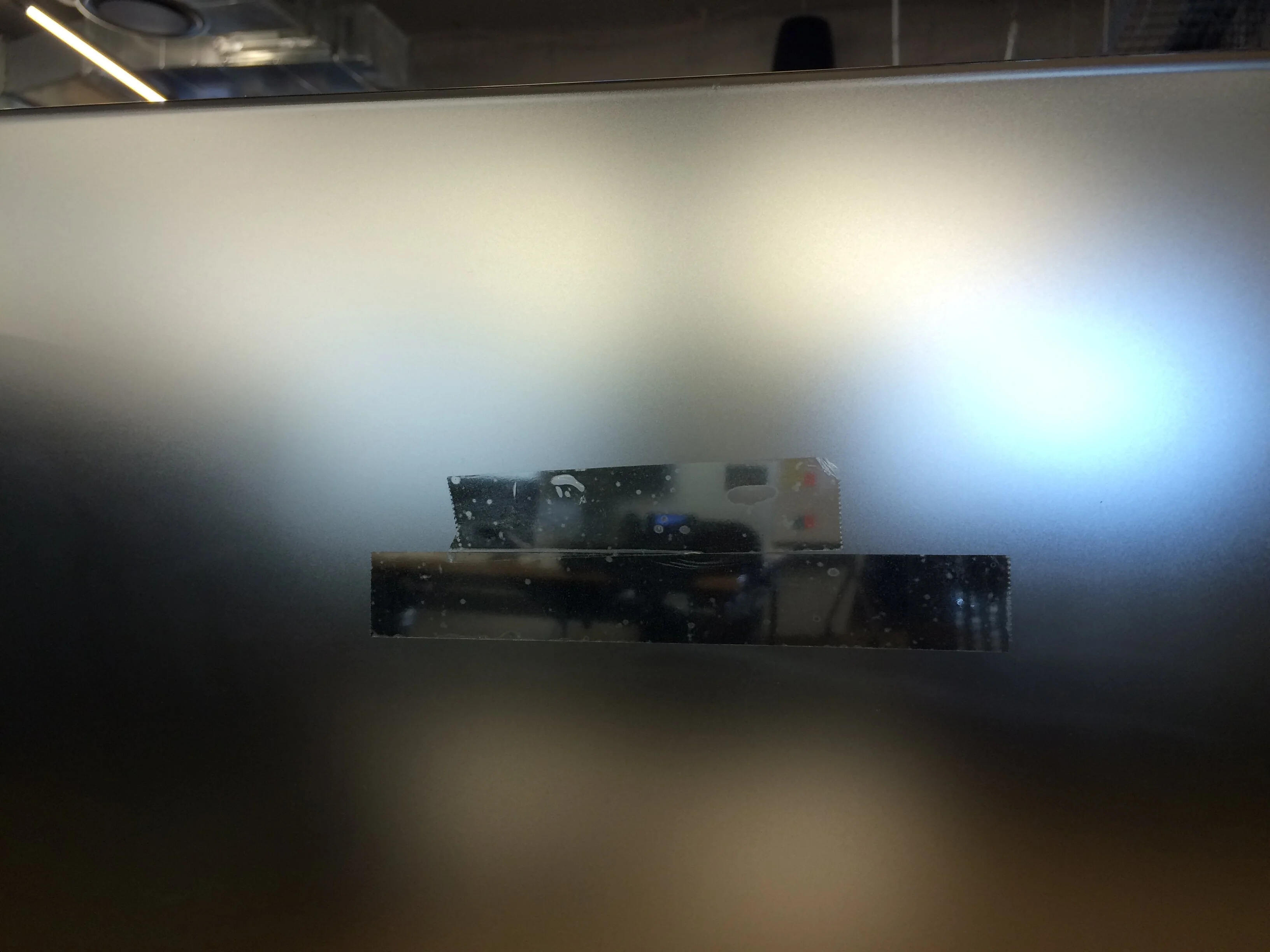
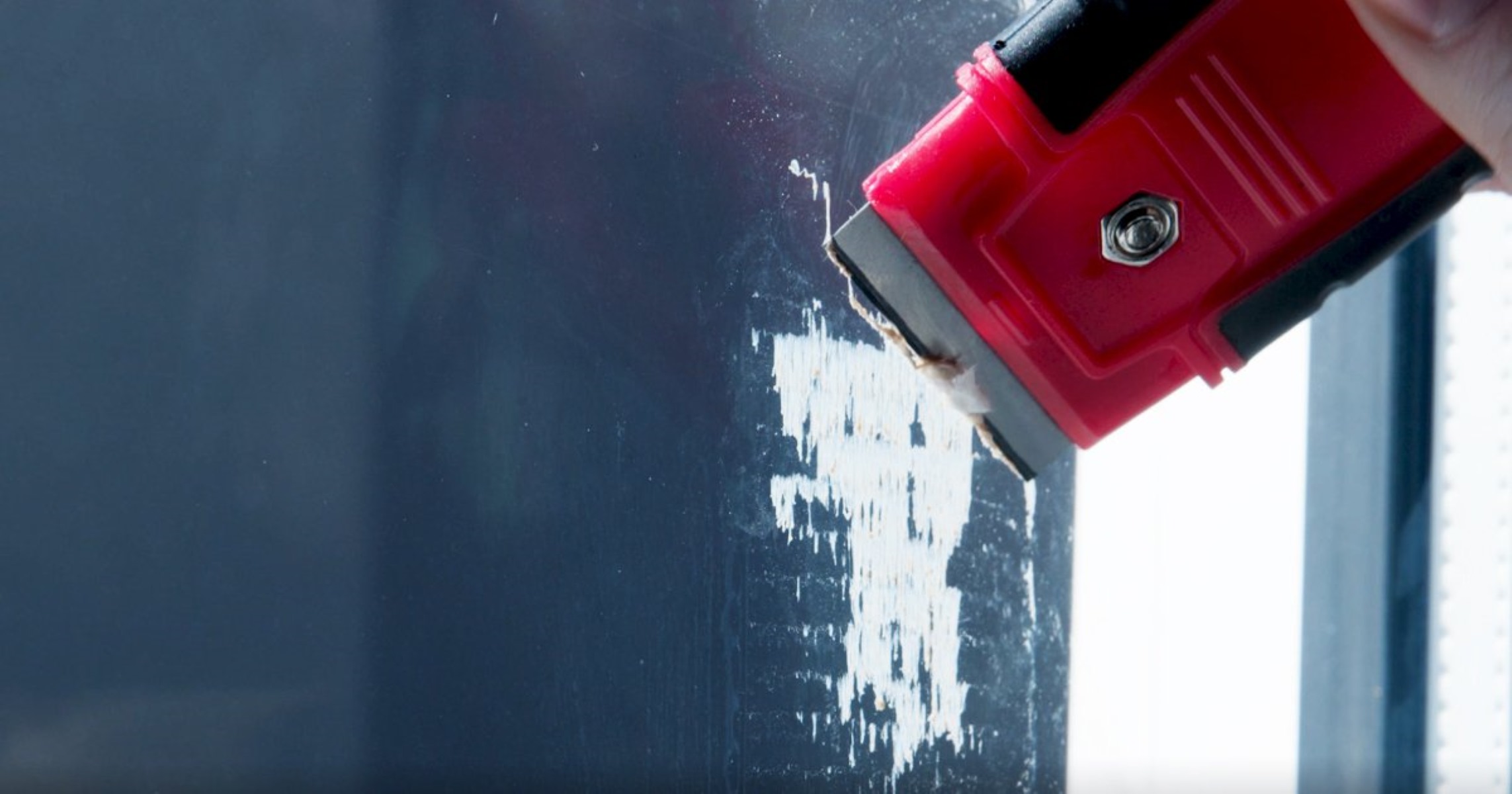
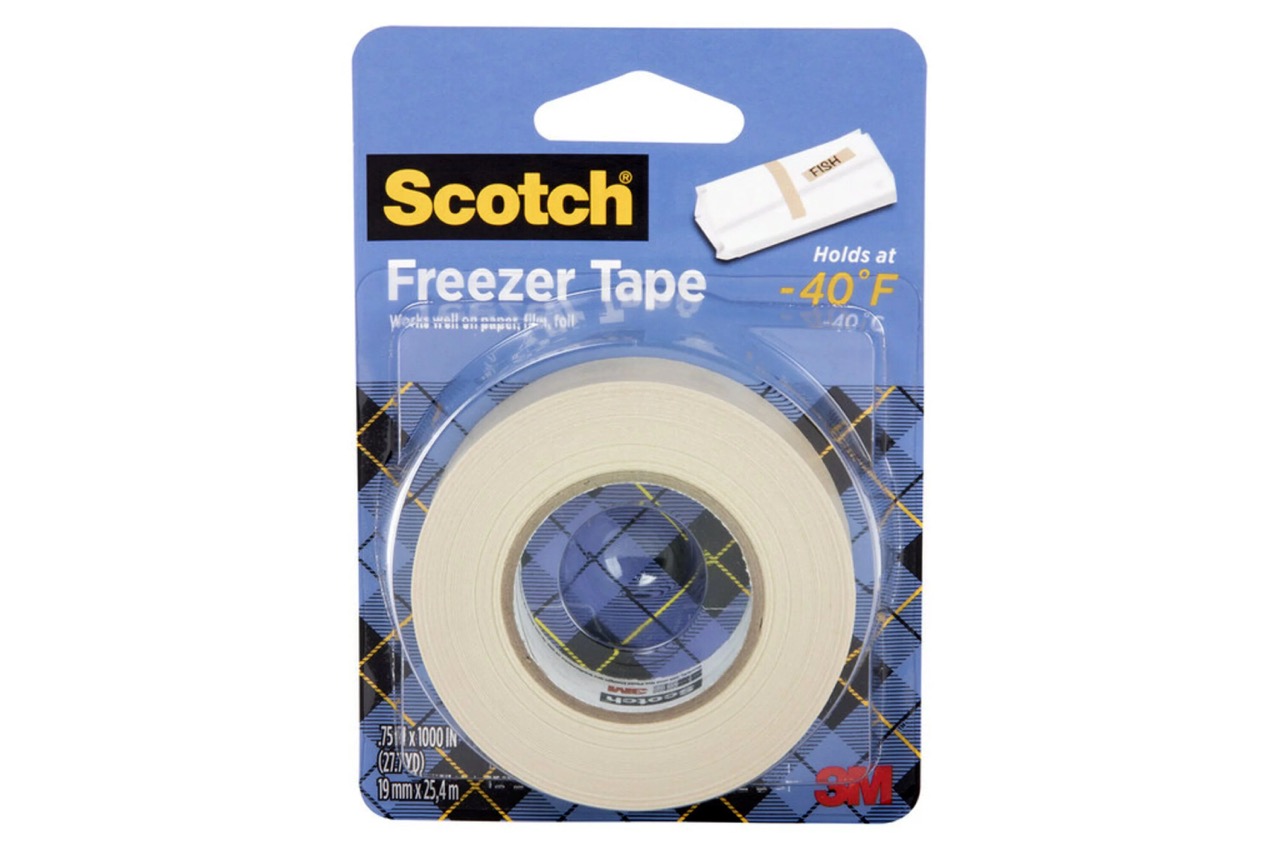
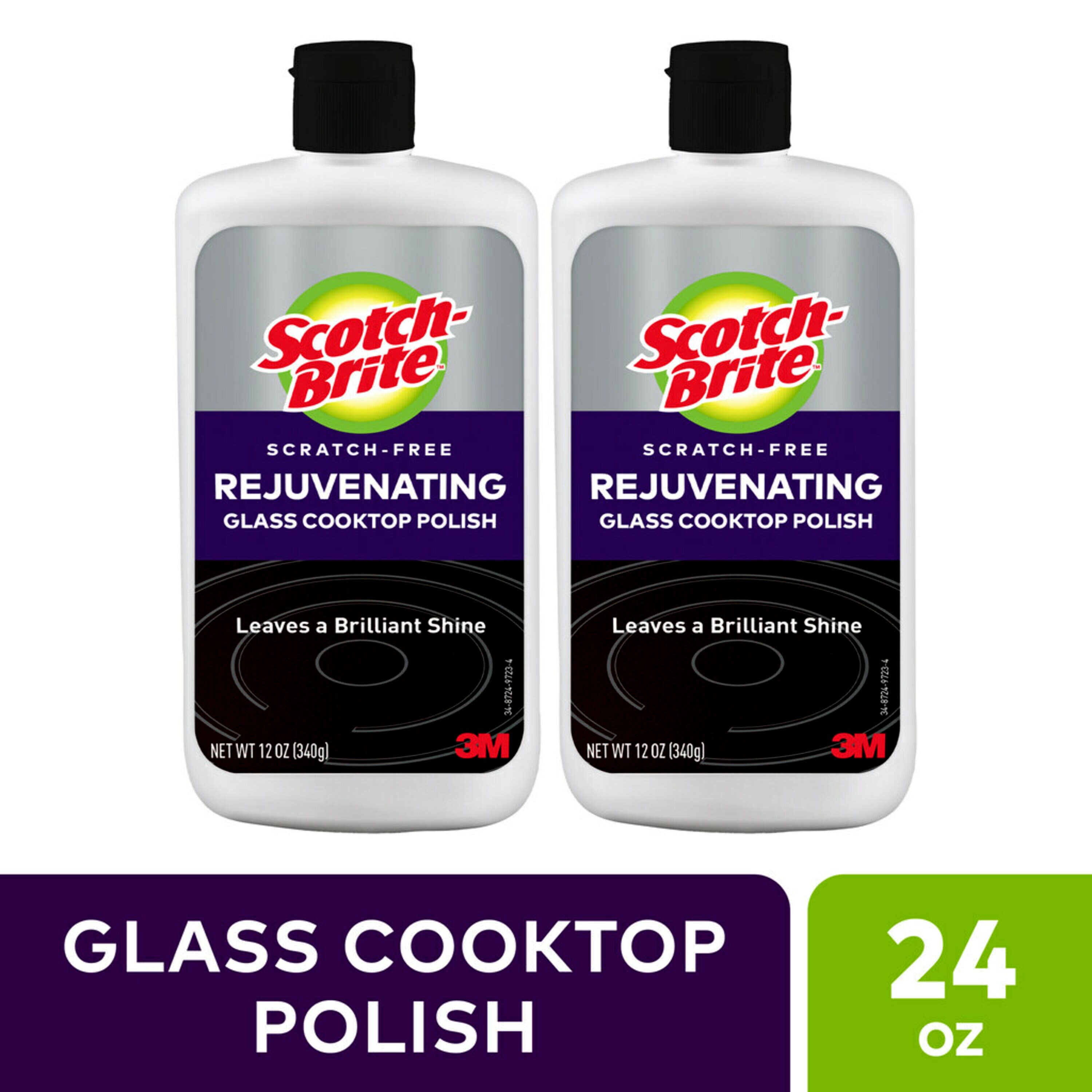
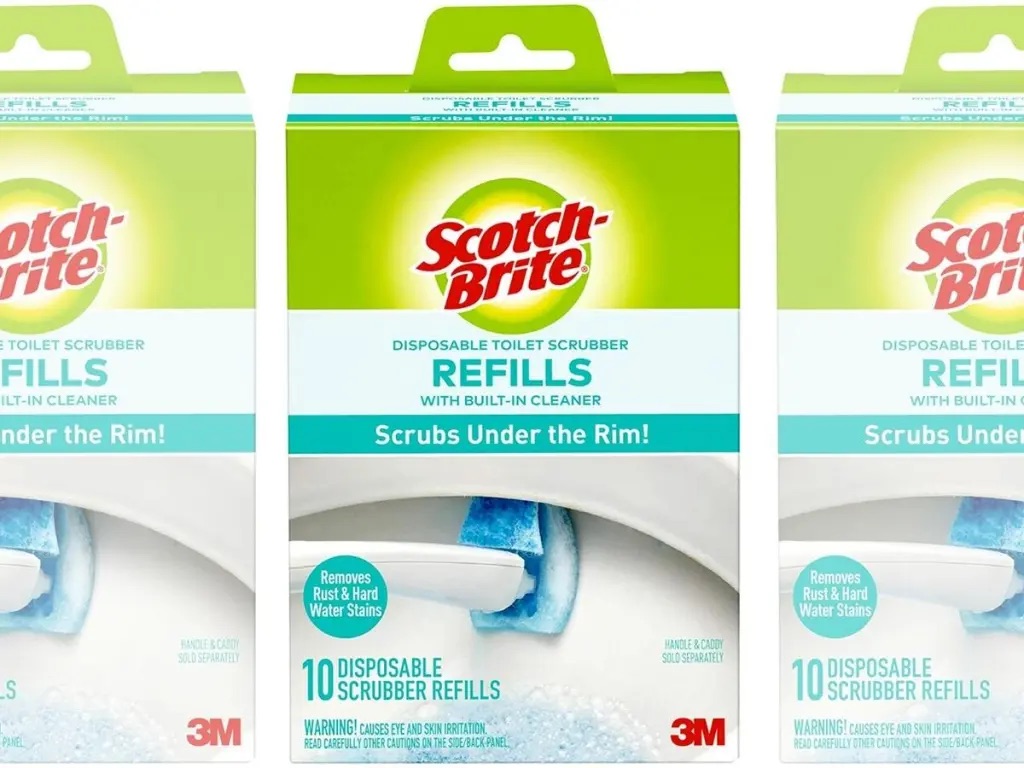





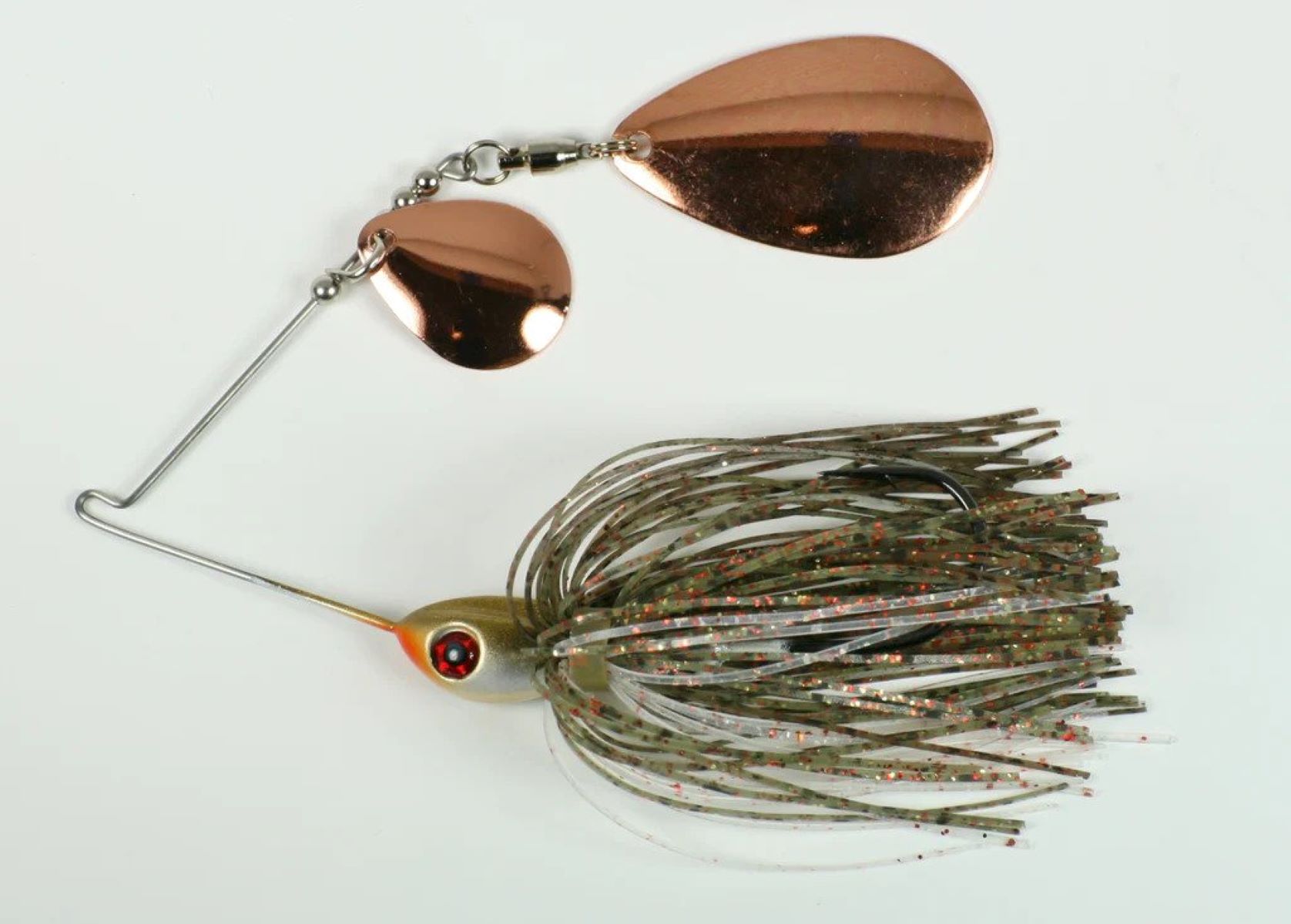

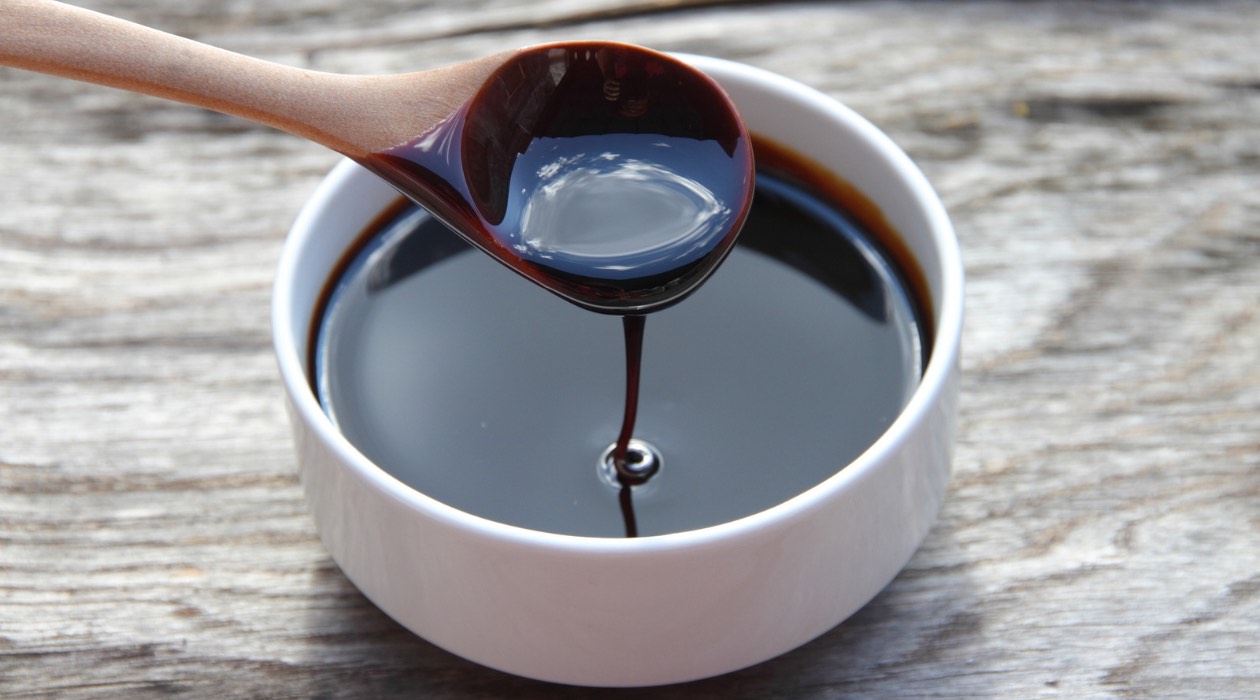

0 thoughts on “How To Store Scotch”